regnaD kciN
regnaD kciN's JournalSNAFU at Snoqualmie?
After my previous visit to Snoqualmie Pass, I was eager to get back when I had better winter gear. Since a warm, rainy period was in the forecast, I jumped at the chance to head back up there on the last day of January. However, while I was careful to make sure I had my parka, hat, gloves, snow boots, and other such winterwear, once I got up there, I discovered I left one item at home...my tripod!
![]()
Fortunately, my Sony has in-body stabilization, and hand-holds well, particularly in the bright environment of a snowy landscape.
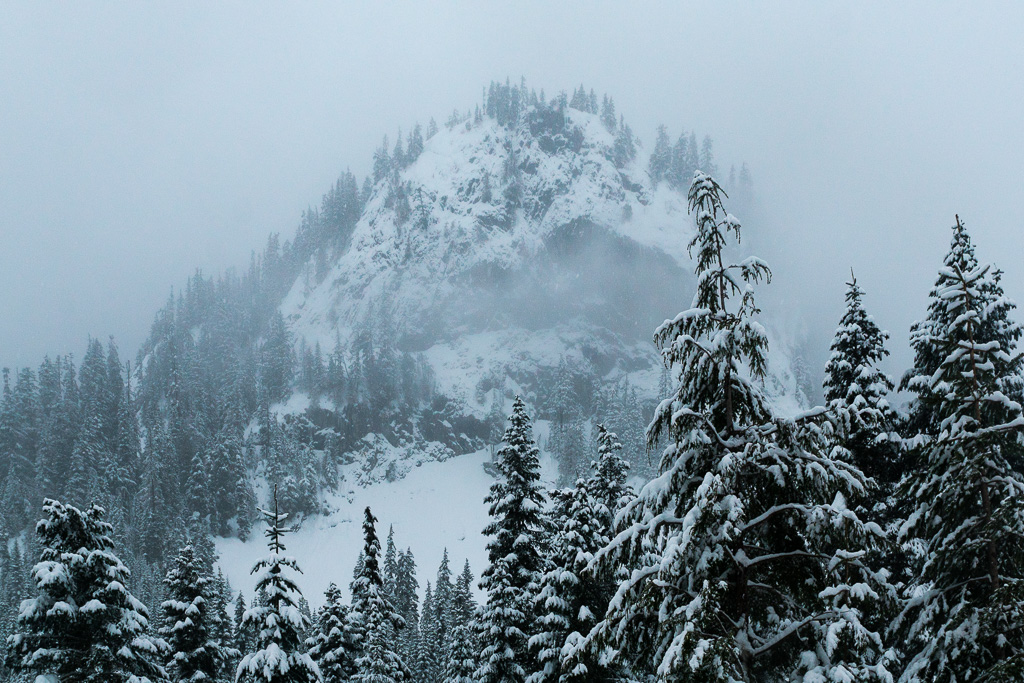
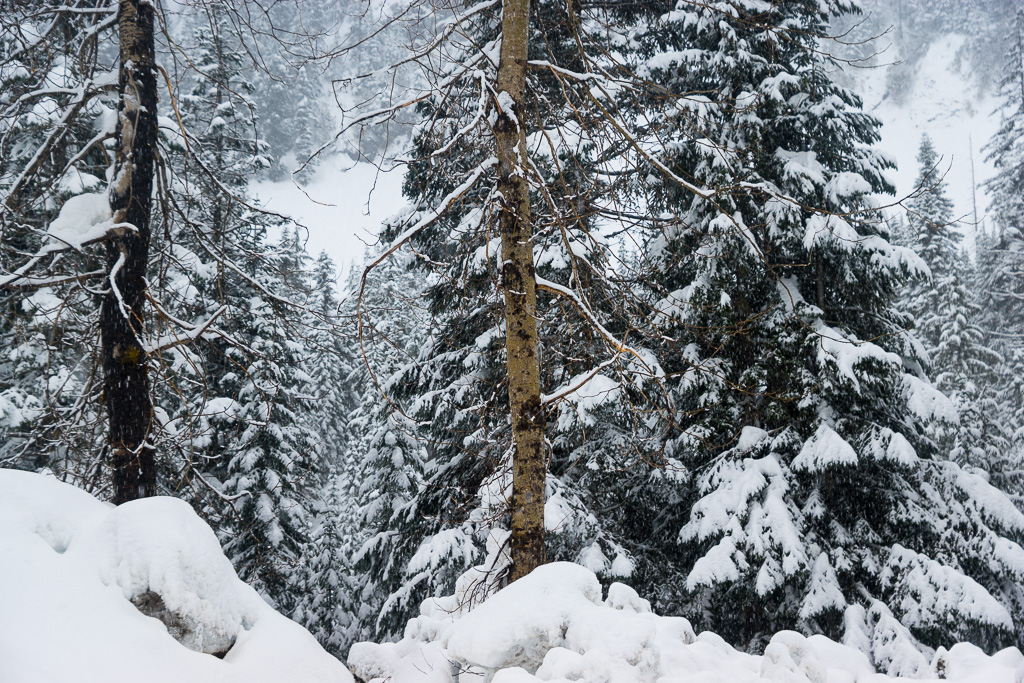
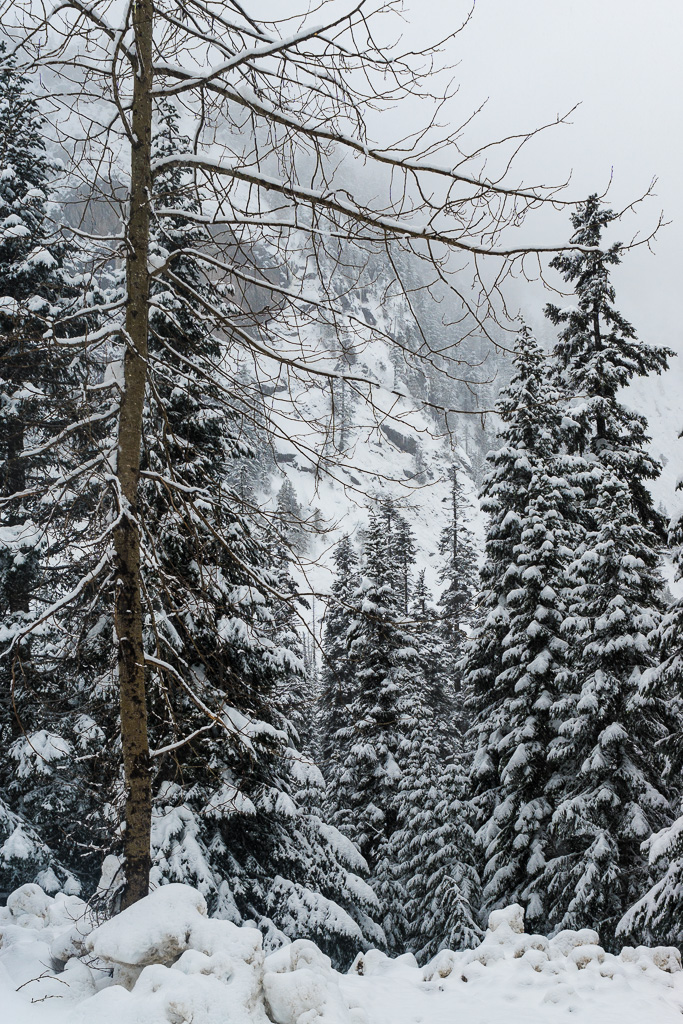
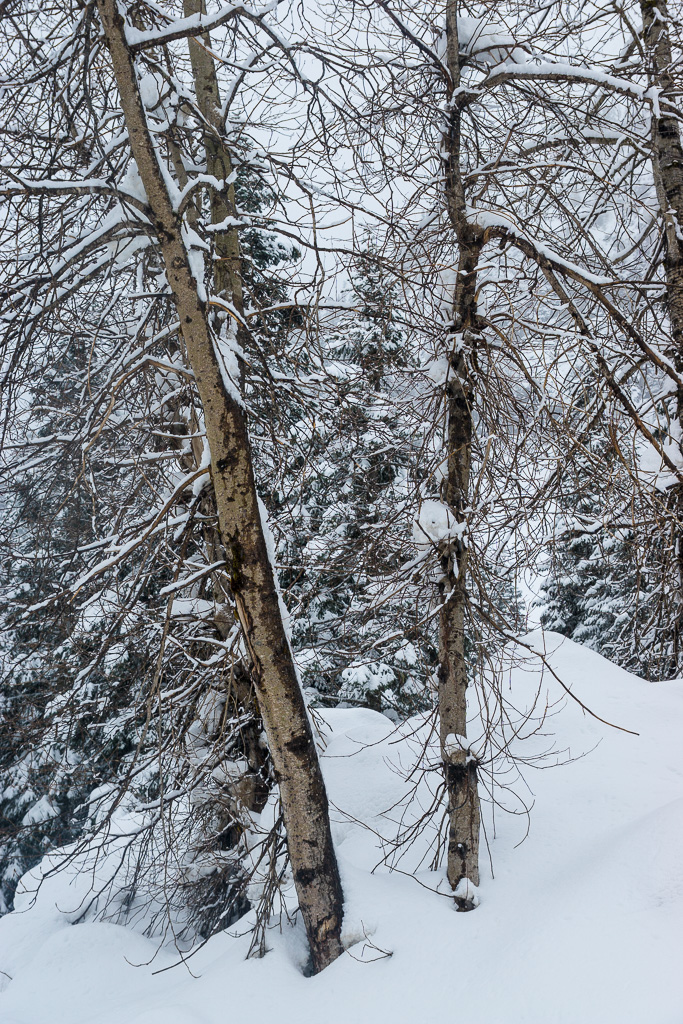
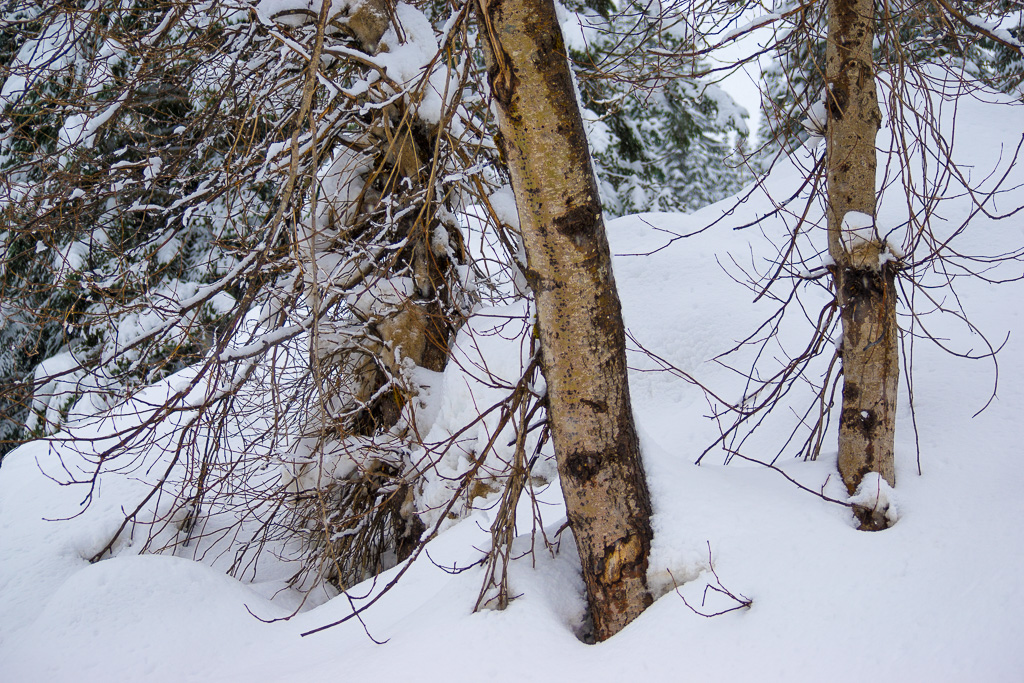
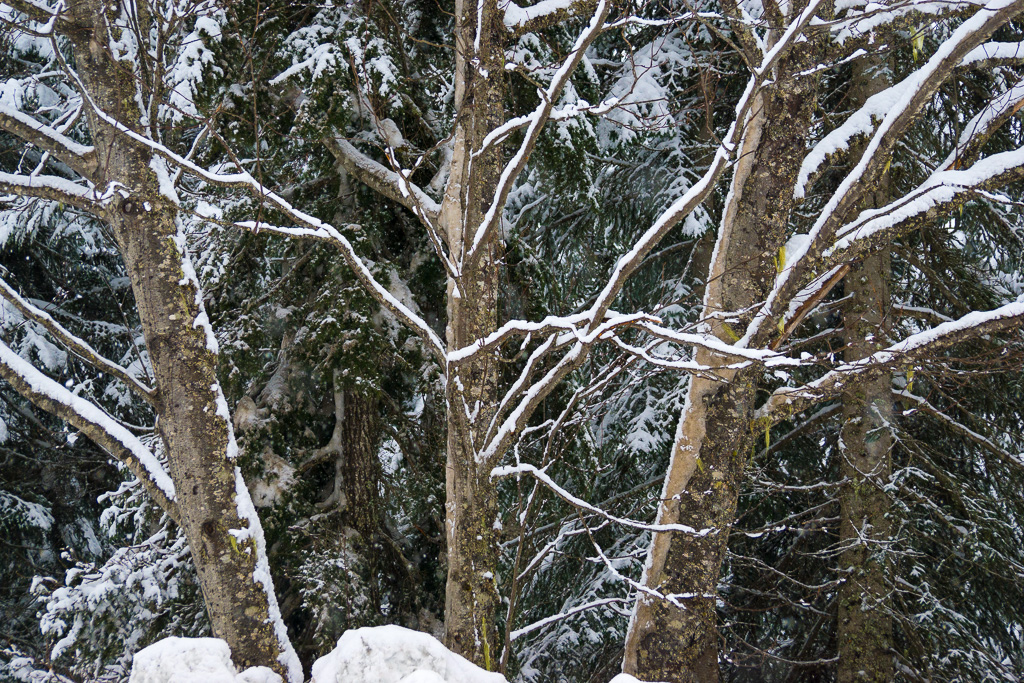
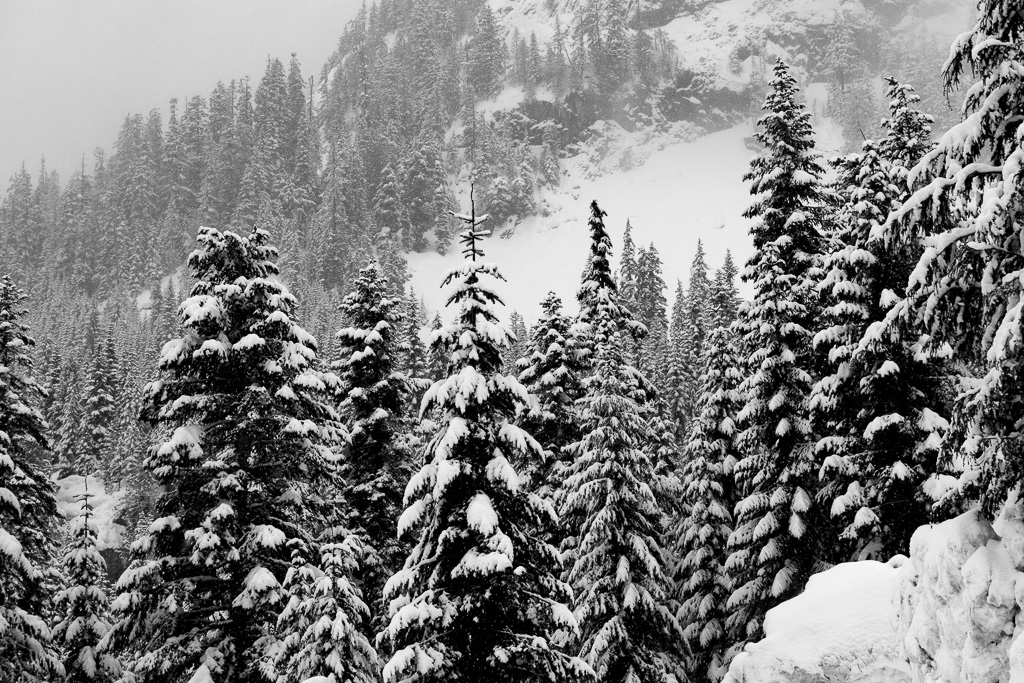
As usual, here is my vlog on the shoot. Hope you enjoy it!
Sometimes, you need a Plan B...
...like when you spend several hours driving to Point Wilson, on the other side of Puget Sound, for some predicted great sunset light over the Sound and Mount Baker with the iconic Point Wilson lighthouse in the foreground. and, just as you get there, an unforecasted bank of fog in the Strait between the Olympic Peninsula and Vancouver Island brings a very quick and unspectacular end to the setting sunlight just as you're setting up for your first shot.
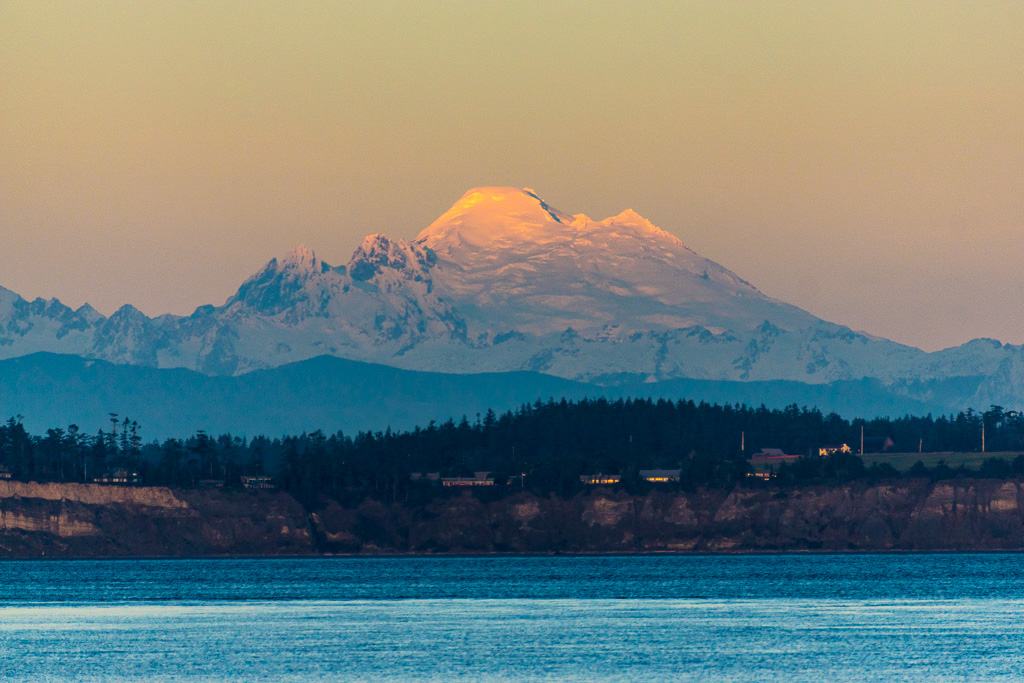
Fortunately, while the fog ruined that composition, the fog bank only affected the Strait itself. Turning south, the Peninsula blocked any fog buildup, and allowed me a nice view of sunset over the Marine Sciences Building at the Point, with Mount Rainier in the background. This was my first attempt at using Lightroom's built-in panorama creation tool, using a set of nine vertical images, and I must say I'm pleased with the result.
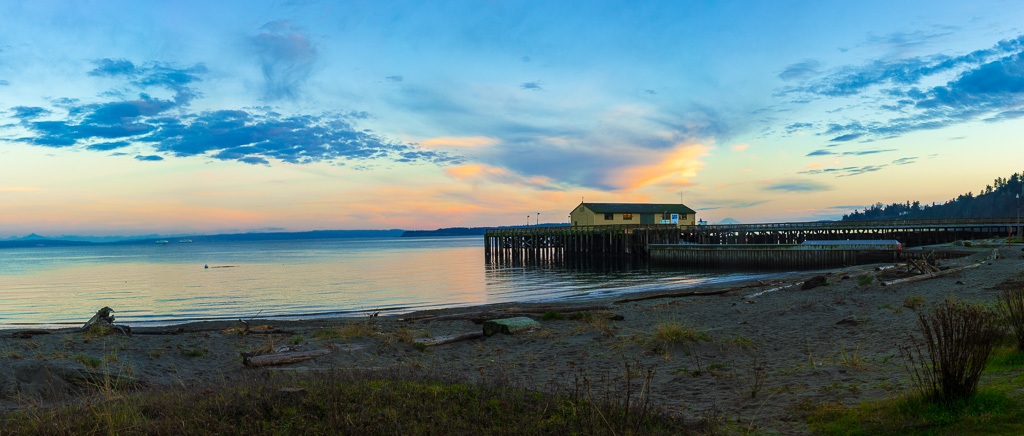
As I did with my last couple of submissions here, I vlogged this shoot.
NOTE: This will be the last filmed-on-an-iPhone-6 vlog, as I am upgrading my equipment to provide a more-professional look before the "photography season" up here begins in earnest by mid-March. Since I am hoping to make this a regular series at that time, if you would like to check it out and provide me with constructive criticism (here, rather than in the YouTube comments section), I would appreciate it. Also, if you do enjoy the video, please "like" it and consider subscribing...when, as I said before, I (hopefully) start posting more of these in spring, how viewers respond to my previous vlogs helps determine whether or not YouTube will make them more visible to the general public. Thanks!
Snow at Snoqualmie Pass
This was originally going to be a scouting trip in preparation for a major snowfall predicted for the next day...but, when I arrived and found the snow already falling (and the next day's storm bringing a winter storm warning and likely pass closures), I had no choice but to get out in my decidedly-not-ready-for-winter-weather clothing and grab some shots while I had the chance.

As I did with last month's sunset with lenticular clouds over Mount Rainier, I vlogged this shoot.
NOTE: I am hoping to make this a regular series over the next year, so, if you would like to check it out and provide me with constructive criticism (here, rather than in the YouTube comments section), I would appreciate it. For reference, NON-constructive criticism would include "get better equipment than your smartphone" (I intend to), "slow down and speak more clearly" (I already realize I need to), and "get someone other than that ugly fat old guy to host it" (sorry, but there's really not much I can do about that).
2017: A Look Back
Time for my (almost) annual photo retrospective. For those of you who haven't seen one of these before, I always have two rules in building this collection:
1) One photo per month.
2) None of which has been shown on DU before.
The last point used to be difficult; this year, it's been simple, since I see I only posted to this group five times this past year (one of which was last year's belated retrospective).
It's safe to say that 2017 has been an odd and disquieting year. As the 2016 holiday season came to an end, with Inauguration Day looming on the horizon, I think it's obvious that I fell into a pretty deep depression, one which only intensified as news got worse and worse throughout the year. It clearly effected my photography was well. Ironically, it took yet another tragedy to snap me out of this pit.
January, as usual, is a pretty mediocre month for photography in the Pacific Northwest. In my case, the best I could find was this shot of high clouds on the edge of a storm.
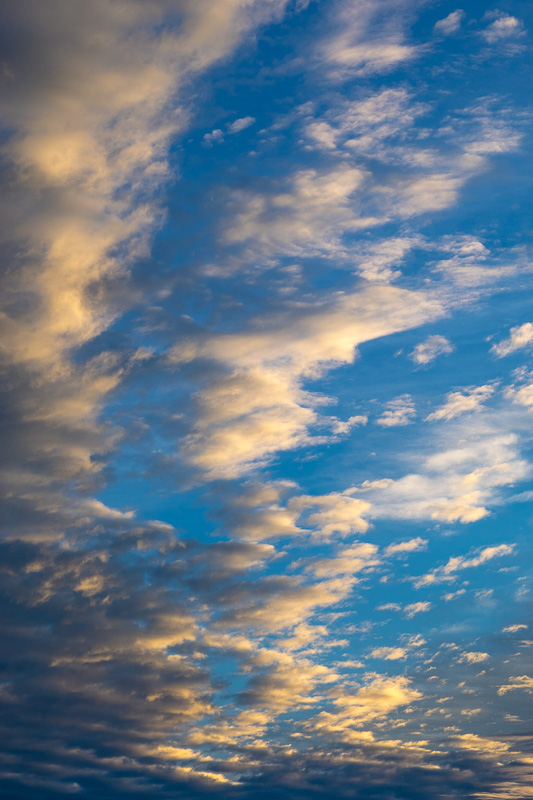
February had me looking up again; this time, at a rare contrail from a rare A380 "superjumbo" as it passed over our house on the way from California to the Far East.
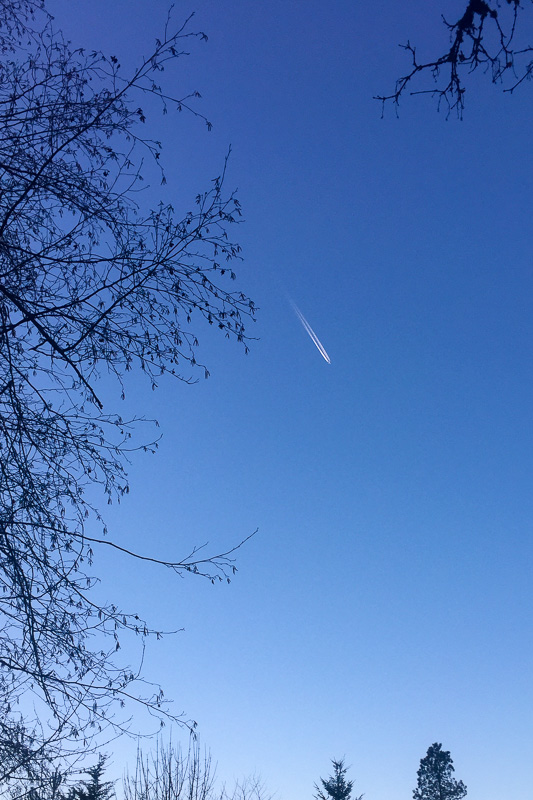
In March, I was at Pioneer Square when I took this shot of the bust of Chief Sealth.
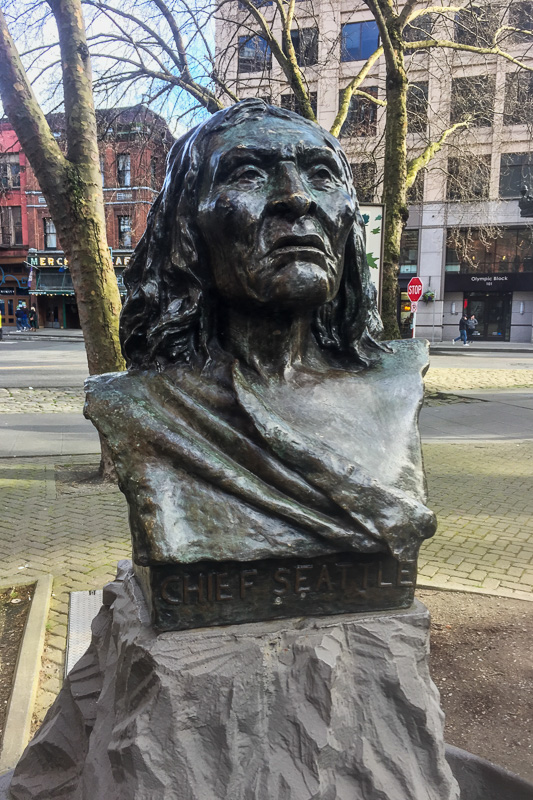
April, as always, is the month for tulips in the Pacific Northwest...
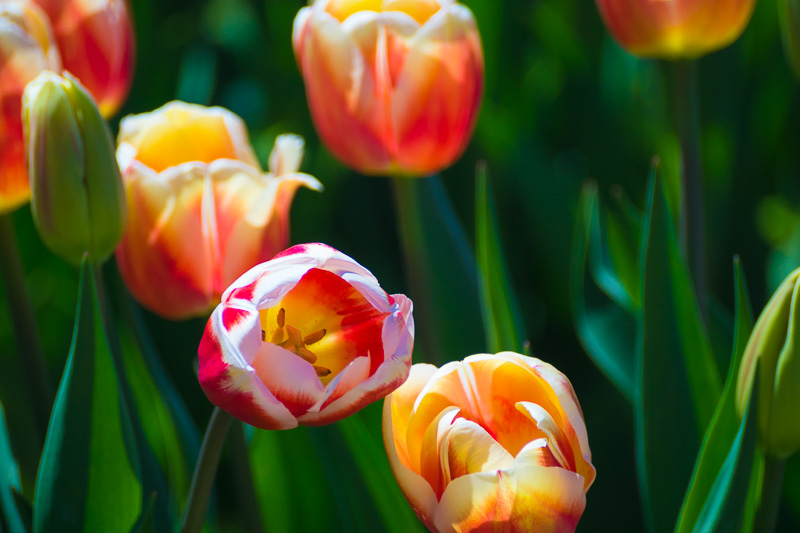
...as is May for rhododendrons.

My image for June was a close-up "texture" study of ferns.
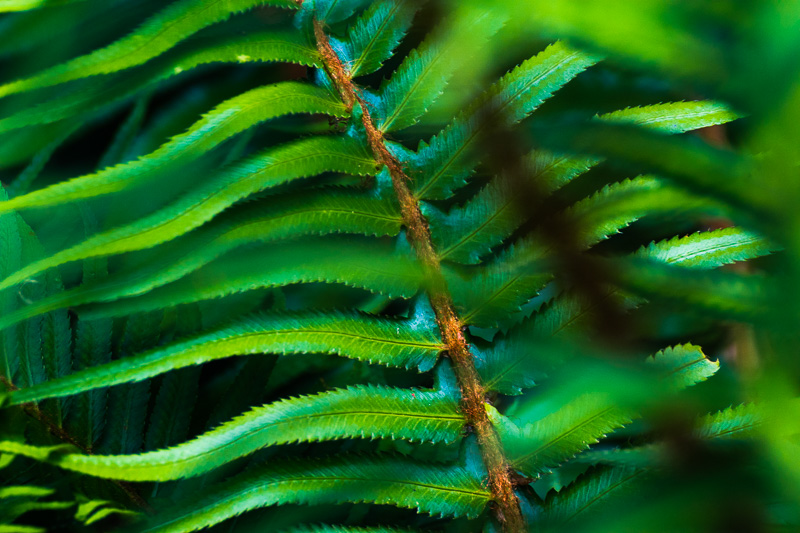
July, as always, found me at Lake Wilderness for the fireworks.
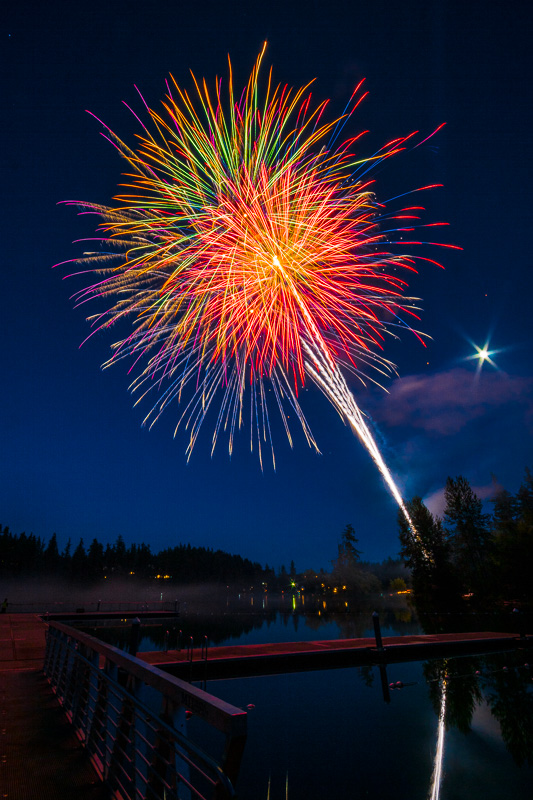
Now, I think anyone familiar with my work in previous years, looking at the choices up to this point, would conclude that something was awry. Virtually everything here was either a plant or flower close-up (at least one of which came from my own yard), or a snapshot that could have come from a camera phone. Indeed, between the horrors that were afflicting this country, plus my own advancing age, increasing sense of mortality, and decrease in activity level and capacity for physical exertion, I began to wonder if it was about time to hang it up. As it happens, the event which was to turn this around was fast approaching, but not for another month or so.
August was the month of the only total solar eclipse in my lifetime to cross the west coast. My son and I left home shortly after midnight, in a mad dash to beat the expected crowds on the freeway, and made it to Salem, Oregon, directly under the path of totality, just before dawn. (We then wound up surviving the very real crowds on the freeway leaving the site, in a trip back to Seattle that took over eight hours.) I very consciously chose to NOT bring my camera equipment, as I didn't want the pressure associated with manipulating gear and trying to capture the "perfect shot" to detract from the actual experience that might well be once-in-a-lifetime. Accordingly, when the moment of totality struck, I had only my smartphone, and it is a very-heavily-postprocessed iPhone shot which is my image for this month.
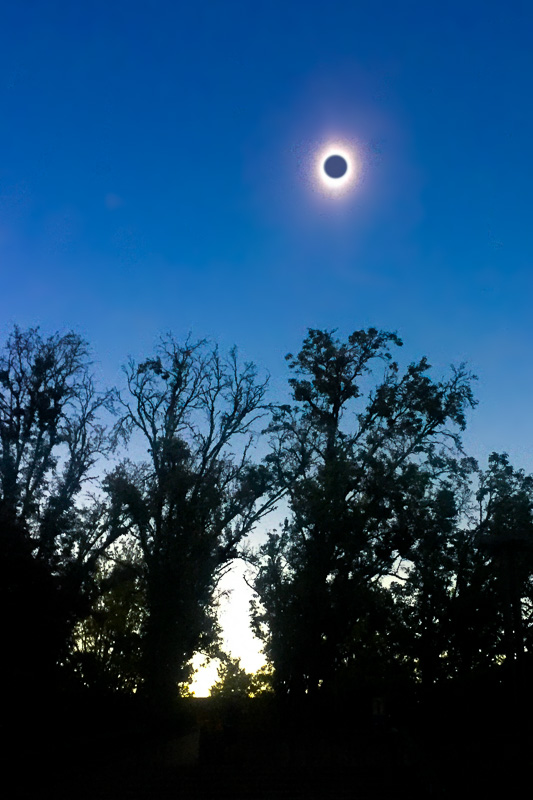
Less than two weeks after that trip, the incident that was to become a turning-point for me occurred: an arson-caused fire that destroyed much of the Columbia Gorge, one of my favorite places on earth. To say that I was devastated would be an understatement; for the first few days, I spent almost all my waking hours on social media, checking news stories and reports from friends in the area, trying to determine which, if any, well-loved locations might have survived, and fearing that the relentless advance of the flames might wipe those places away as well. I was in mourning for most of the month; however, as September drew to a close, I found that my depression was replaced by determination: if a place that I so treasured could be wiped out due to a teenager's recklessness and stupidity, I owed it to myself to not put off visiting other beautiful locales, either familiar or yet-unvisited, lest I find it too late for them as well. Plus, as I noted at the time, the best cure for the loss of a favorite beautiful place was to spend time at another, still-existing one.
The first fruits of this new resolve was my late September day-trip to Mount Rainier's Carbon River rainforest.
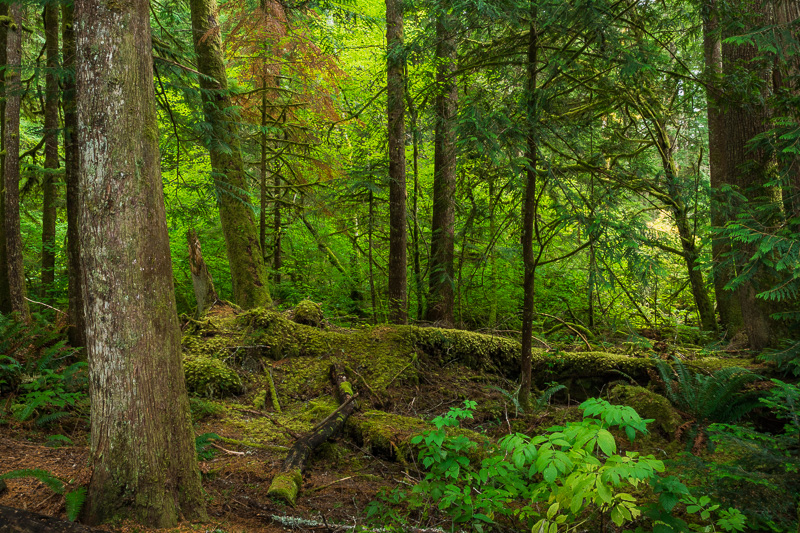
In October, the floodgates opened, as I spent every opportunity I could "on the road" to favorite autumn locales (and even discovering a new one close to home). If I wasn't keeping to the one-photo-per-month rule, I could probably include ten or more images here. However, I'll stick to this shot of Mount Shuksan and Picture Lake, taken a few hundred feet to the right of the viewpoint familiar from dozens of postcards and calendars, where an inlet provided a nice leading line to the mountain.
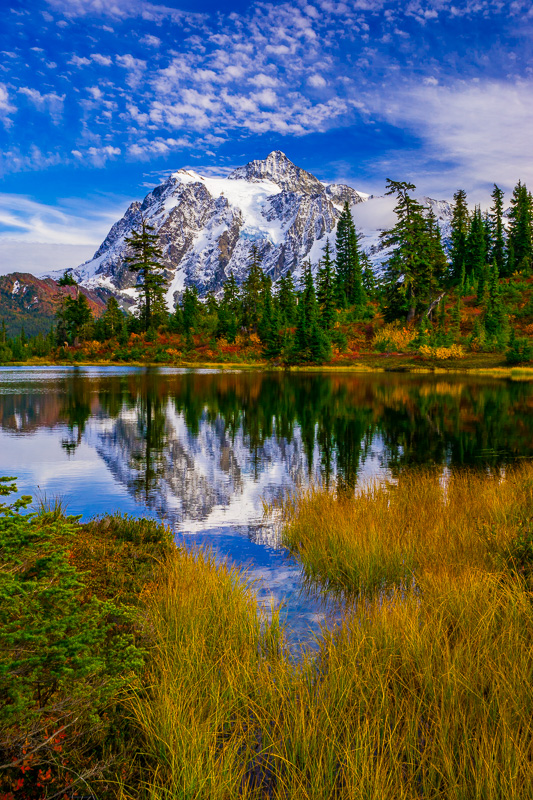
Of course, almost as soon as my enthusiasm was rekindled, November arrived, and with it the beginning of the long, gray, rainy northwest winter. Still, I was able to catch the last traces of autumn, most notably with this image of fallen leaves from ornamental maples in a rainstorm (titled Autumn's End).
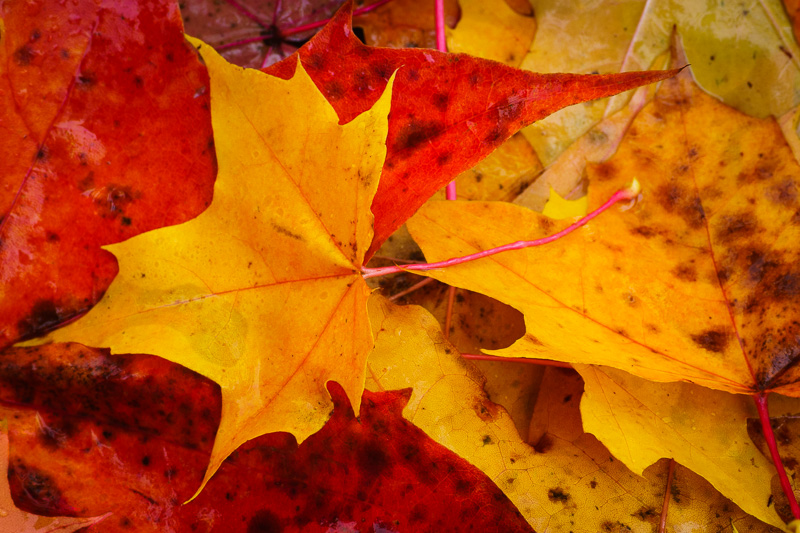
December is usually the time for little more than shots of Christmas lights. However, mid-month, the Skyfire app I use predicted impressive sunset light on Mount Rainier. As seen in my first, admittedly-primitive attempt at photo-vlogging*, I wound up, not with sunset light, but with something even more unusual: a series of stacked lenticular clouds.
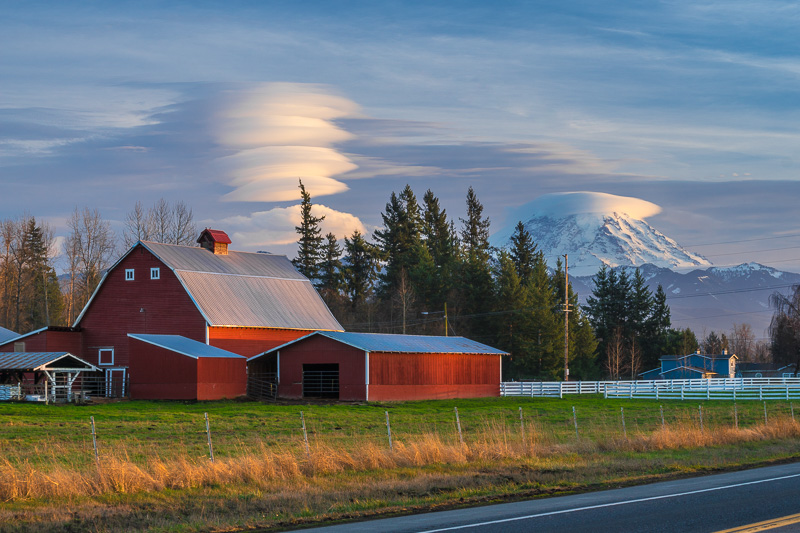
So, it's been a long, strange trip this year. With resolve renewed, onward to 2018!
*(Moved down here because I can't figure how to post a link to a YouTube page without getting a thumbnail instead)
Paradise...Lost
In my life, there are two places that have been special to me beyond all others. Places where I instantly found myself at peace, closest to nature.
Yosemite National Park is one of them.
The Columbia Gorge is the other.
I have visited the Gorge many, many times since I've been a member of DU. No doubt you have seen many of my photographs from there.
Last Saturday, a group of teenagers playing with firecrackers in a burn-zone area, during the hottest and driest stretch of the year, managed to set brush on fire in the Eagle Creek canyon, probably the most celebrated and scenic area of the Gorge. Driven by strong east winds, the fire spread rapidly; amazingly enough, in the course of three days, it had spread forty-six miles to the east, crossed the Columbia River to the Washington side, threatened the outskirts of Portland, possibly damaged the city's water supply, and, astonishingly, managed to torch the entire Oregon side of the Gorge. The place I loved so much lies in ashes, unlikely to return to its now-past glory for half-a-century or more.
Here are some of my images from my travels to the Gorge. With the possible exception of the last two, all are now essentially destroyed.
Latourell Falls


Shepperd's Dell Falls




Bridal Veil Falls



Wahkeena Falls


Lower Wahkeena Creek


Upper Wahkeena Creek


Fairy Falls


Multnomah Falls



Ponytail Falls

Horsetail Falls



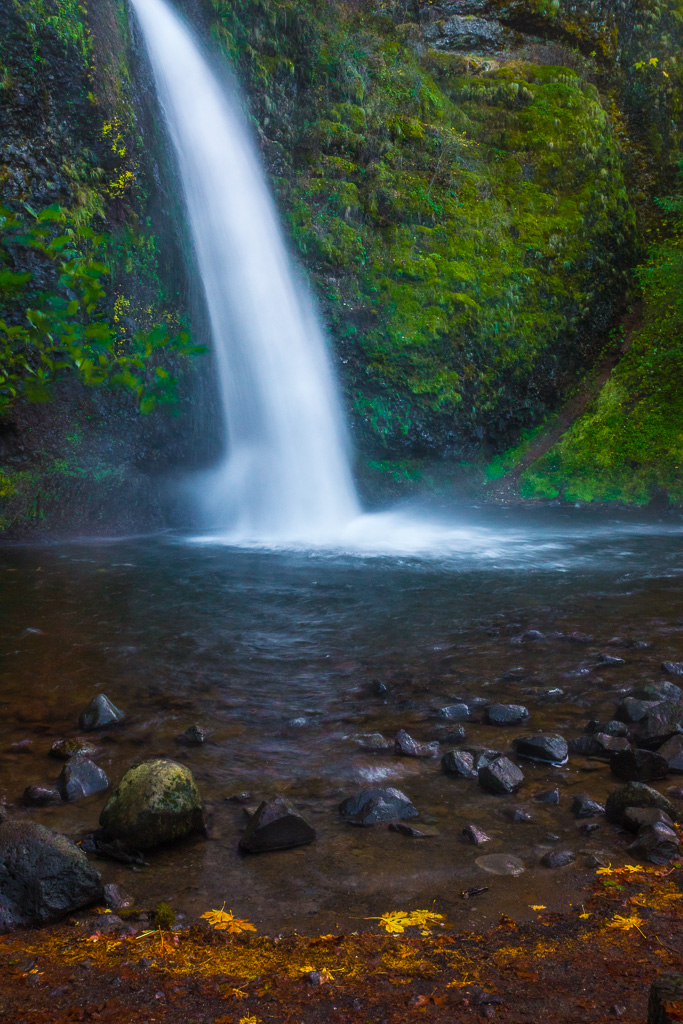
Munra Falls

Wahclella Falls

Metlako Falls

Sorenson Creek

Punch Bowl Falls

Emerald Falls (possibly undamaged)

Gorton Creek (possibly undamaged)

At this point, my inclination, once the truth is known about the extent of the damage, is to remove these photographs from my website and never offer them publicly again. I wish to celebrate the beauty of nature as it is now, not as it used to be and is no more.
Water Falling Over Things, R.I.P. - A view lost to us
Nature can be majestic, indeed -- but that majesty can be found in destruction as well as creation.
These are photographs I took in 2014 of Oregon's Metlako Falls. Personally, this was one of my favorite spots in the Pacific Northwest. Coming off the famed Eagle Creek trail, you took a short spur downhill to a promontory at a bend in the creek; looking upstream from the narrow viewpoint, you could gaze into an impossibly-lush (particularly in late spring) canyon toward the spot in the mid-distance where Metlako plunged into a small pool. Adding to the wonder of that spot, there was often a trace of mist hovering about the fall.
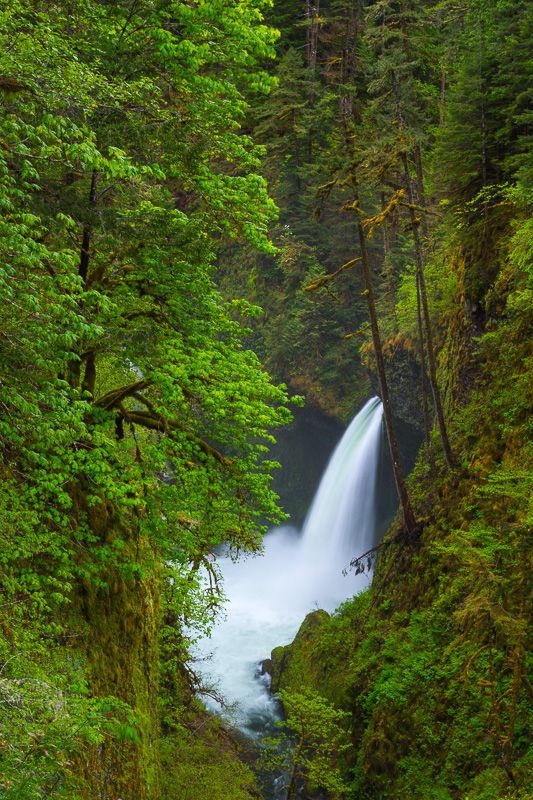
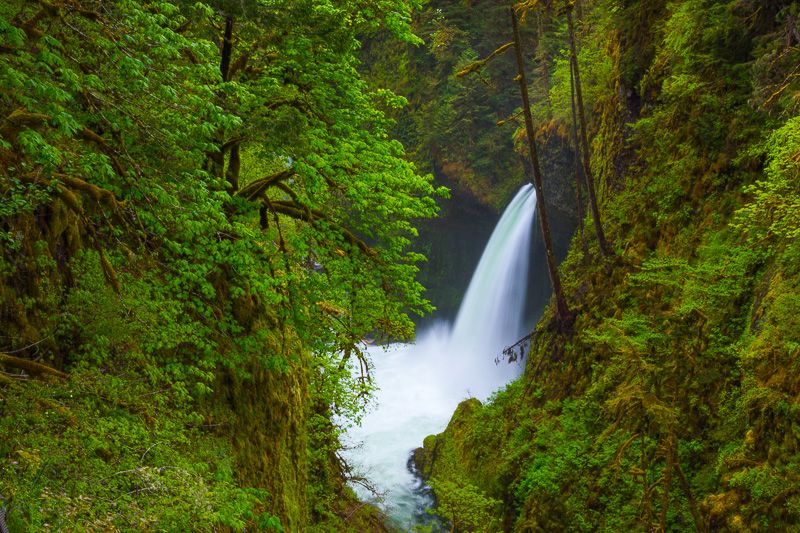
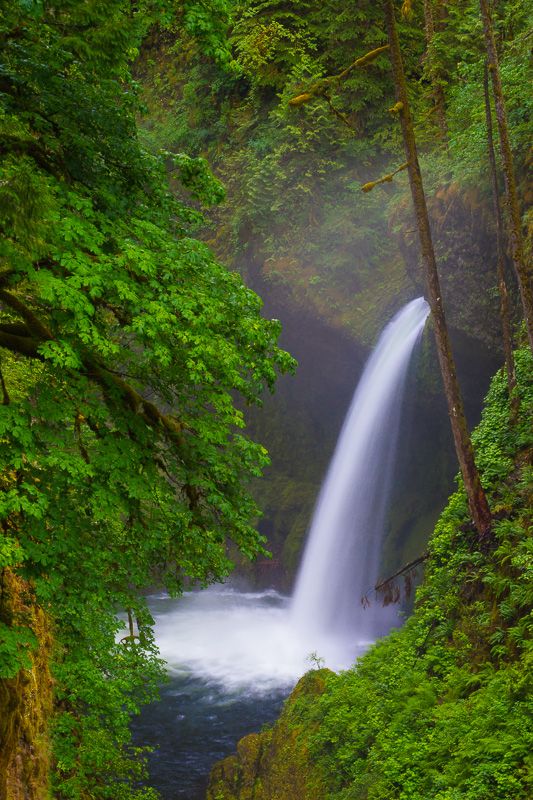
Sometime in late December, in the midst of winter storms, a massive landslide hit the area. While the Eagle Creek trail itself survived, the Metlako viewpoint did not; it, and around a 300-400 foot stretch of the surrounding cliff, simply collapsed and fell into the canyon. The spur trail leading to it now stops abruptly about half-way there, at a hundred-foot-plus drop-off. The only view of Metlako left from the trail is downstream, partially obscured by the canyon walls, and blocked by tree limbs. Unless one rappels into the canyon itself (a very-dangerous maneuver which is way beyond my, or most hikers', skills), there is no other unobstructed view of the waterfall. Since it would be extraordinarily difficult and prohibitively expensive to build any sort of a stable viewing platform where the viewpoint once stood, it is likely that Metlako Falls will remain unviewable to hikers for years (or, more likely, decades if not centuries) to come.
Let this serve as a reminder to everyone: if there's a natural place you've always wanted to visit -- or photograph! -- do so as soon as possible. Otherwise, as we in the Pacific Northwest have just been reminded once again, you have no guarantee that spot will be there when you finally get around to making the trip.
2016 Year-in-Review (Belated)
Well, I normally put up a year-in-review thread on one of the last couple of days of the year. I planned to do the same this (well, last) year, and had everything selected and ready to go...but I couldn't get on DU. Thanks to the hacker attack of last November, I needed to revise my password...and the security e-mail from DU simply didn't arrive. It took me until 1/4 to actually get the system to reply to my request and send me that confirmation -- and, until then, I was unable to post, period. Since I already did all the selection work, I figured I might as well post something, even if it seems a bit pointless to do so now that New Year's Eve is long past.
As usual, I have two rules: 1) a photo per month, which 2) can't have appeared on DU before.
In January, shooting from the observation deck of the Columbia Tower, I got a different perspective on Seattle.
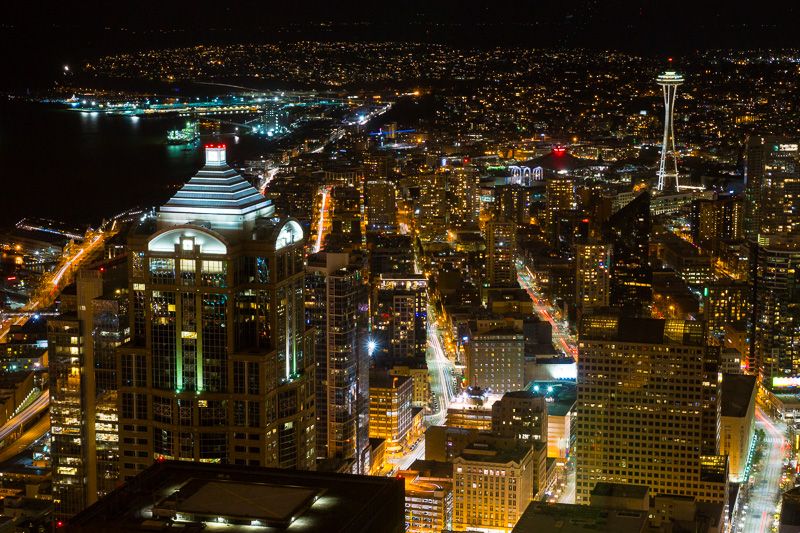
When my attempt to shoot Snoqualmie Falls at high-water came to nothing in February (thanks to way too much spray), I settled for a black-and-white study of rock and water.
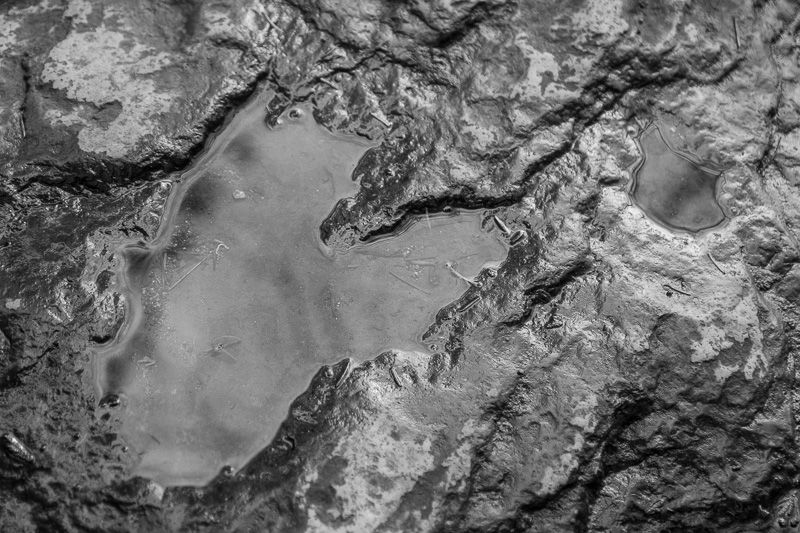
Thanks to last winter's El Niño, tulip season came unseasonably early, in late March rather than April. As usual, this shot was taken in the Skagit Flats.
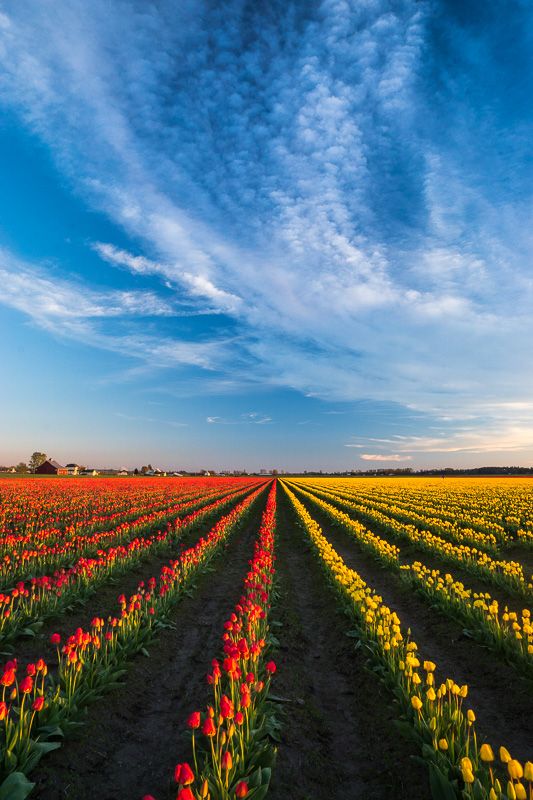
Similarly, the rhododendrons of May bloomed in April, instead.
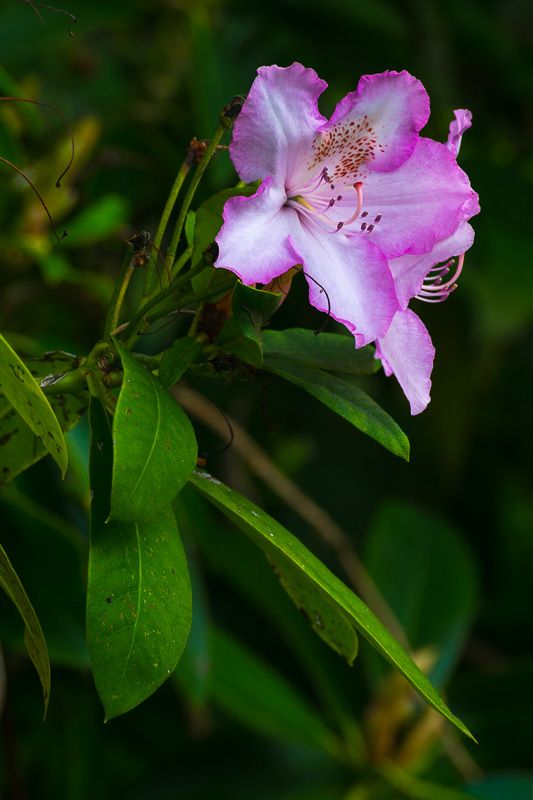
I have taken many photos of the city from Kerry Park (as has practically every other photographer who's ever set foot here), but I found this shot from May notable in the way Mount Rainier hovered ghost-like in the background.
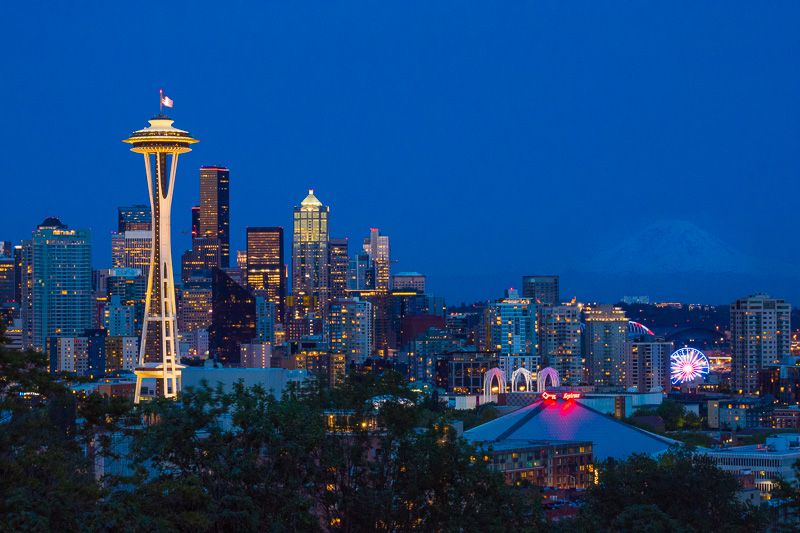
I have taken many photographs of Snoqualmie Falls (and posted many here), but my visit in June was the first time for shooting the fall from its base.

July, of course, is a time for fireworks...and, sadly, possibly the last time I'll be able to attend the festivities while feeling truly proud to be an American. ![]()
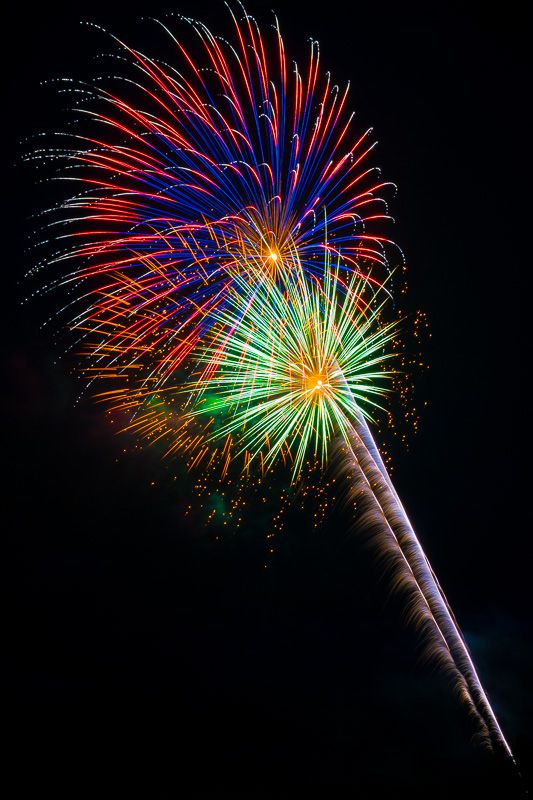
In August, I took my only trip to Mount Rainier; as atmospheric conditions were not what I hoped for, I was only able to come away with this rather minimalist and abstract view of the mountain.
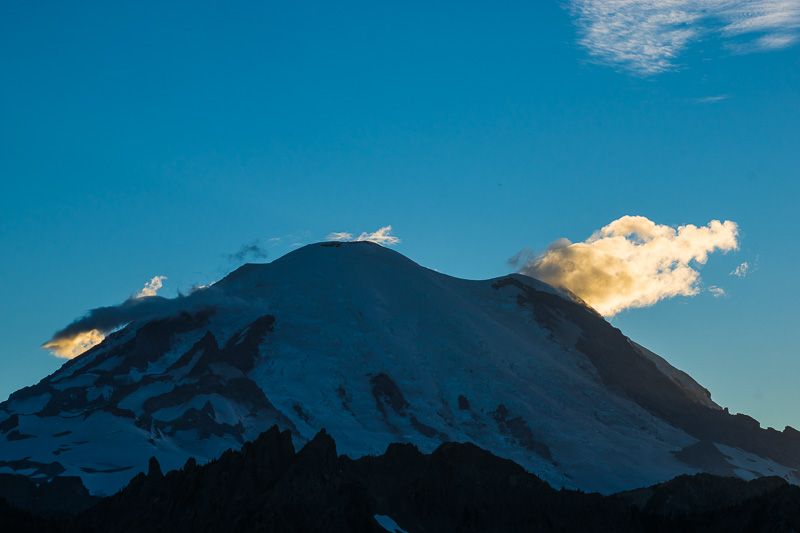
September's image came from early evening at the Des Moines (that's Washington, not Iowa) marina.
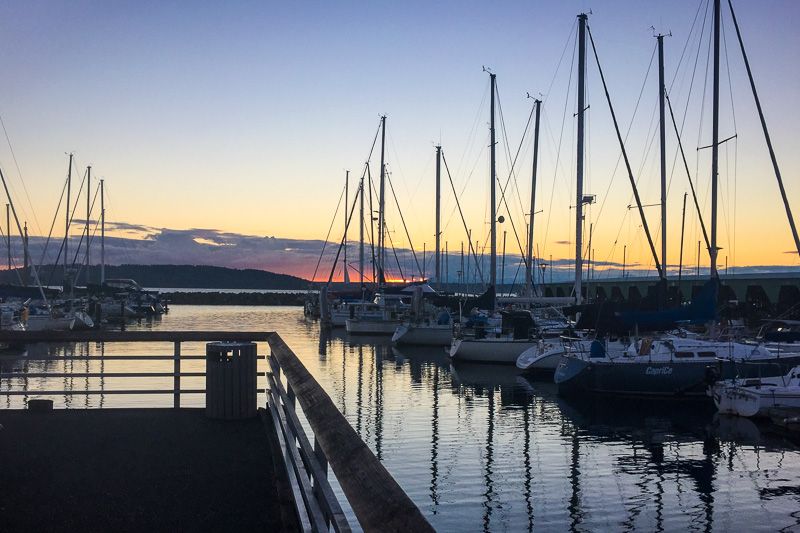
I already posted several images taken in October at Whatcom Falls; here's a vertical composition from the same trip.
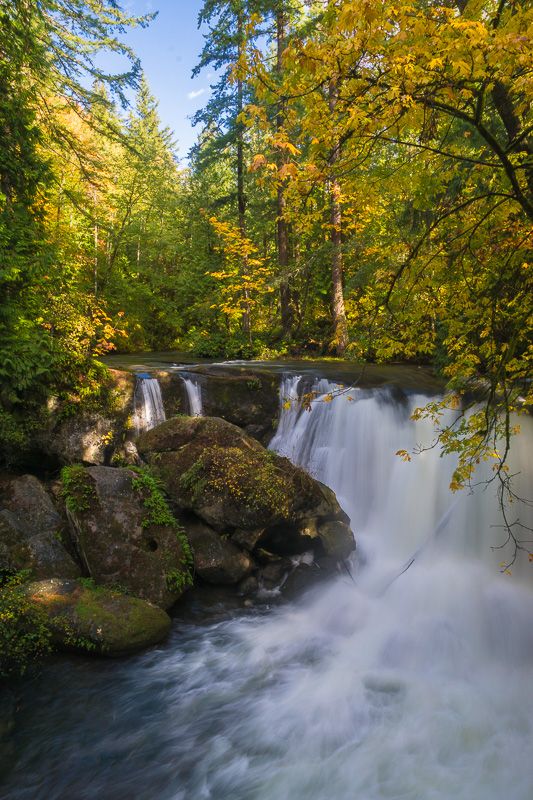
November was hard. Very hard. Putting it simply, I had no real desire to go out and photograph nature. Aside from a couple of dispensable iPhone photos I took at the very end of the month, the only image I thought appropriate was a "studio" (i.e. computer desk) shot I took, several days after the election, to be used as a social-media avatar.
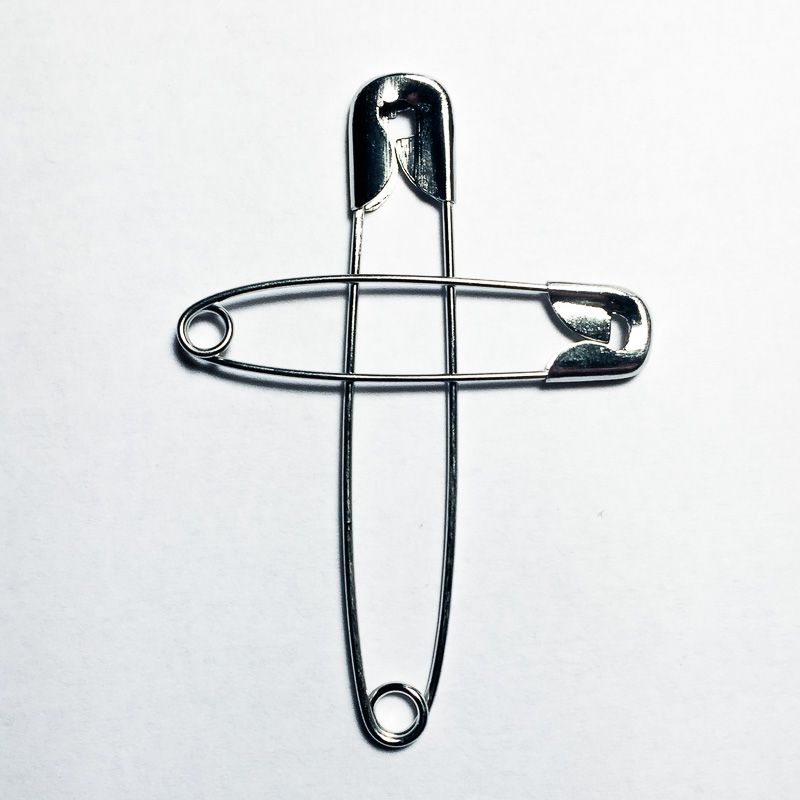
Since I began the year with a photo that included the Space Needle, it would only be appropriate for me to conclude the year in a similar manner, right? Of course, December's photograph isn't of the REAL Space Needle, but on the replica a neighbor built on his roof as a pièce de resistance for his usually-spectacular Christmas light display (which, this year, was featured on an ABC special about elaborate holiday lights).
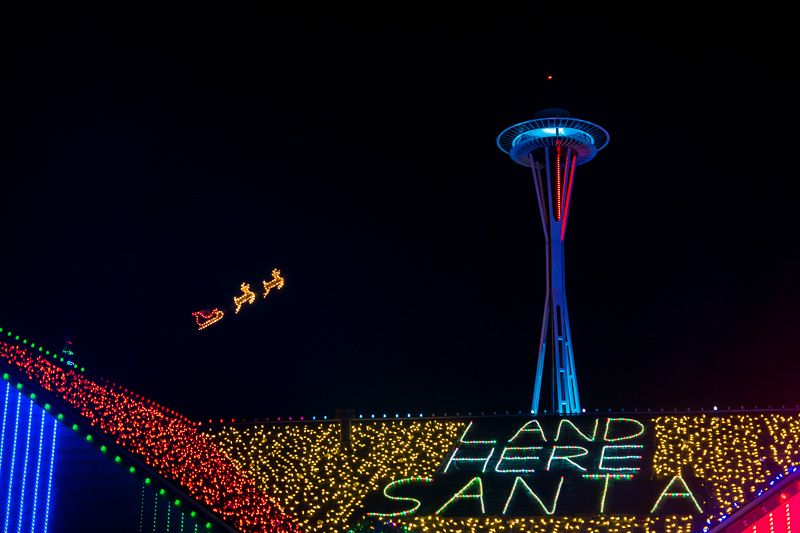
For all who remember me...a farewell and an invitation.
As those of you with long memories may have noticed, I have been absent from here for quite a while. Owing to various circumstances (not necessarily the ones you may be assuming right now), I doubt I'll be able to be active here in the foreseeable future, either.
I hate the thought of losing all contact with those who have been my friends here (although a few, sadly, are no longer among us in a more permanent sense). Therefore, I am inviting anyone who would like to keep in touch to connect with me on Facebook. My (real) name there, in case you didn't know it well already, is "James David Walley" -- I also have a "Raven Falls Photography" page which I update when a new batch of photos come in, but everything I post there I also share through my regular page, so you'll get it anyway.
So, I hope very much to be seeing some of you at "another harbor." In the meantime, here is my last-ever Water Falling Over Things...an autumn view of Whatcom Falls in Bellingham.
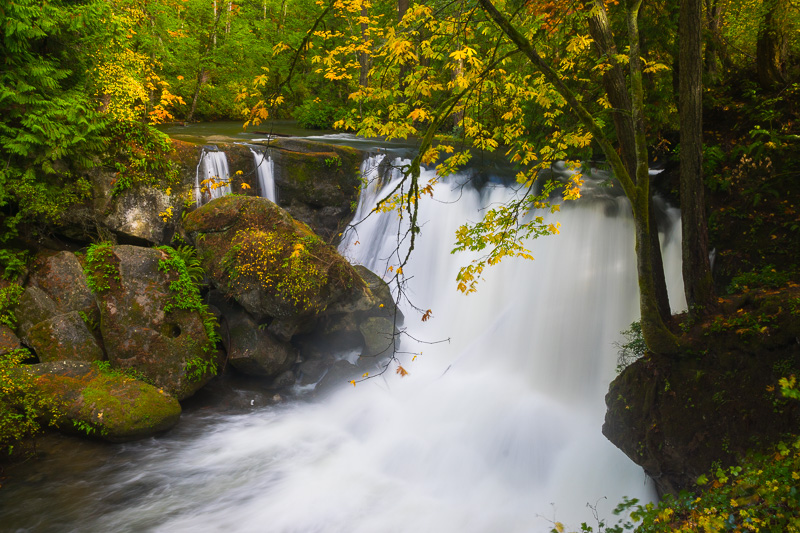
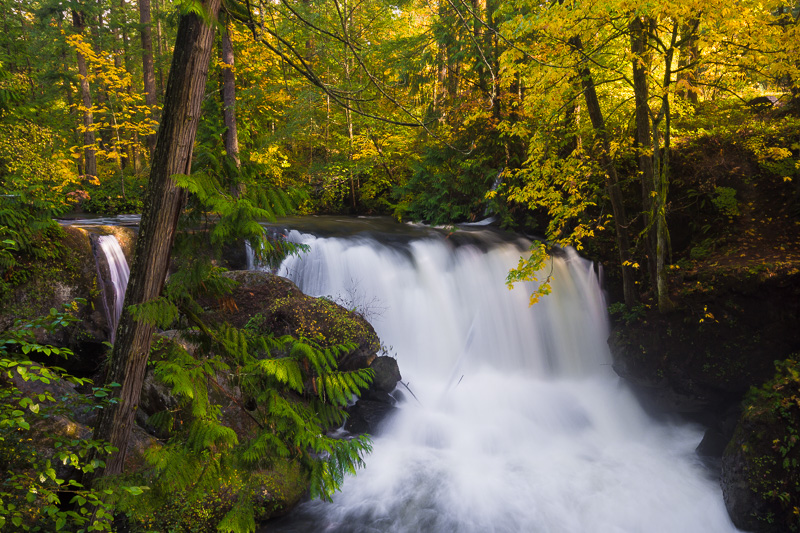
![]()
2015: A Look Back
Time for my (almost) annual photo retrospective. For those of you who haven't seen one of these before, I always have two rules in building this collection:
1) One photo per month.
2) None of which has been shown on DU before.
Normally, at this point, I gripe about how difficult it's been to choose this year, because I tend to post every good image I shoot here. For once, that isn't true -- I barely posted anything this year. The reason for that was that this was a most unusual year for nature photography in the Northwest. Remember the old Chinese curse, "may you live in interesting times?" 2015 was the most interesting year yet.
As I noted in my last post, the weather up here this past year was decidedly weird, with January temperatures reaching into the 60s and 70s, with very little rainfall. This essentially "kick-started" the seasons, so everything was running well ahead of its usual schedule. There's a certain routine to Northwest nature photography, as detailed in this article I wrote several years ago. In particular, from the first daffodils in March to the last autumn leaves in November, you generally have a number of predictably-good subjects and locations for every month of the year. Not so in 2015! One example will suffice: normally, you can count on Mount Rainier's wildflowers reaching their height of color in middle-to-late August. This year, as hard as it was to believe, they had reached peak before Independence Day! The weather had a ripple effect throughout the year; the overcast days and high water levels ideal for photographing waterfalls and forest streams in May and June barely happened at all, with hot, cloudless days taking their place; middle-to-late summer featured dried-out landscapes (and smoke from massive wildfires); autumn, following that dry summer, was similarly disappointing. Finally, as if to catch up on all it had missed, December was one of the wettest months on record, with downpours, flooding, and dark gray skies making nature photography near-impossible.
Oh, well, as a prominent former Secretary of Defense may have put it, you shoot the year in nature you have, not the one you want...
What may be my favorite image of the year came from early on, in January. Some interesting, distant locale? Hardly -- this was taken from a highway overpass one morning, while returning from dropping my son off for classes at college, when the rising sun broke through the fog behind a grove of bare trees.
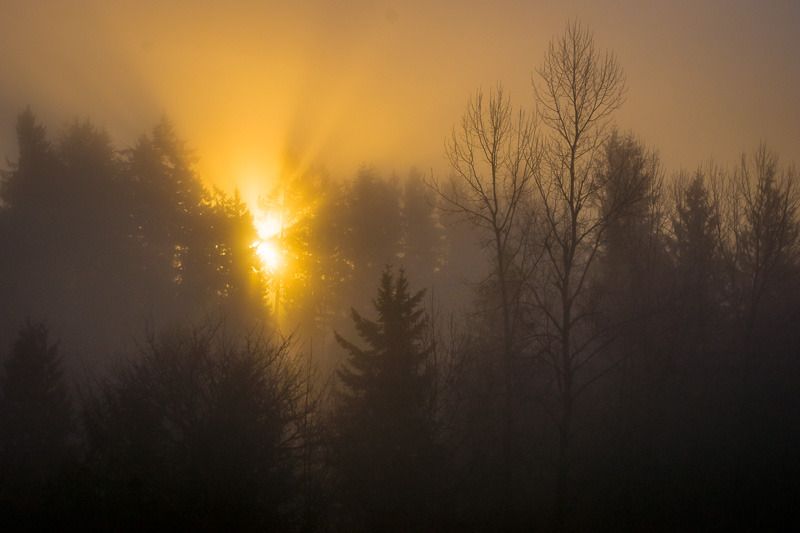
February was literally for the birds. (In past years, I have found it almost impossible to get a shot like this -- during the late winter Cedar River salmon run -- with anything other than a white, blown-out sky. The fact that we actually had clear weather was immensely-helpful in getting this imnage; unfortunately, it was also a harbinger of what was to come.)
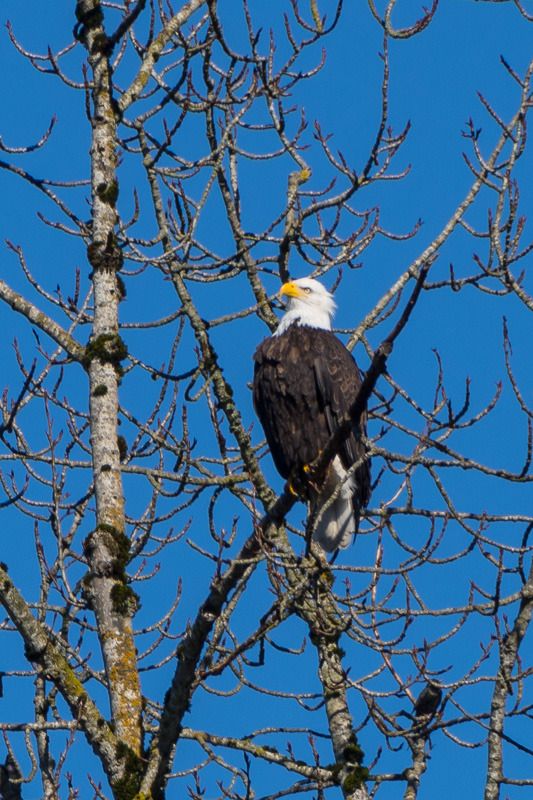
From all accounts, the first sighting of a "flying saucer" came from an Air Force pilot flying near Mount Rainier. With lenticular clouds such as those found on this day in March, is that any surprise?
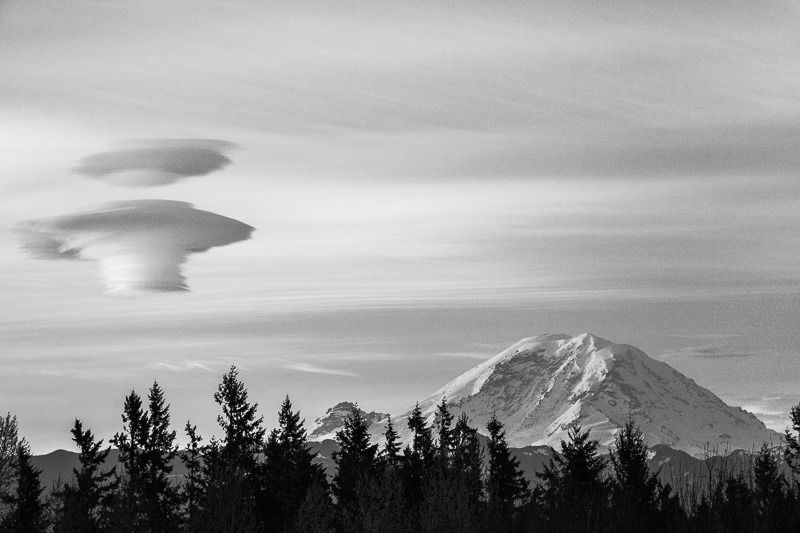
The Skagit Tulip Festival always touts itself as taking place in April, with "bloom dates by Mother Nature." Indeed; I can remember years when the month drew to a close with only the first patches of color emerging in the fields. By contrast, this image was taken on April 8th, at one of the last unharvested fields.
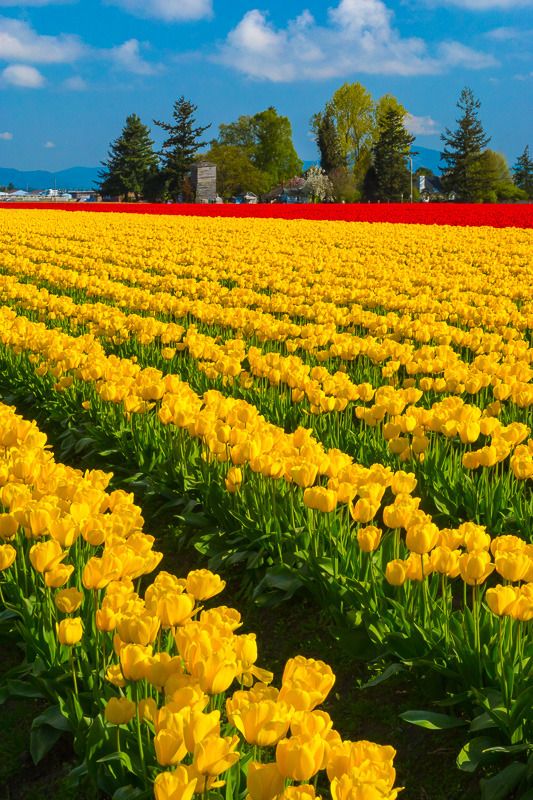
As covered in a previous post, May provided one appropriately-cloudy day to make the uphill trek to Fairy Falls in Oregon. Here's a different composition from that location.
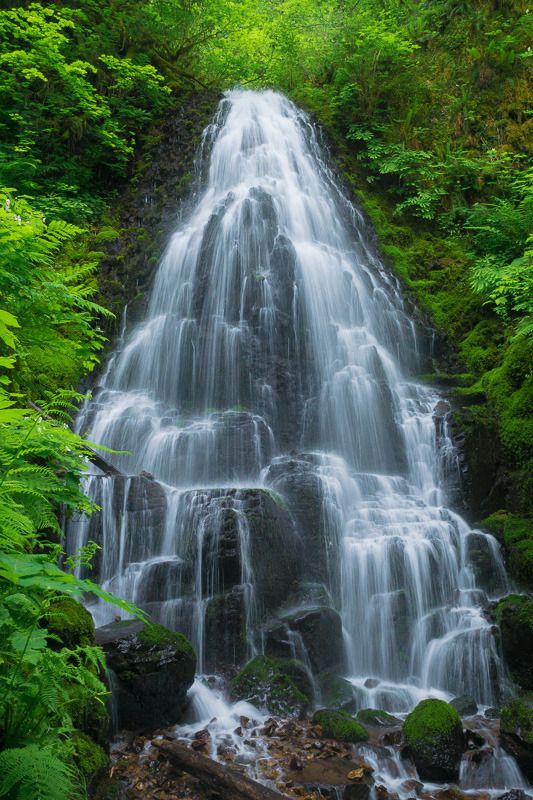
With most of the usual June attractions dried out, I traveled to the coast for my first visit to Ruby Beach in several years.
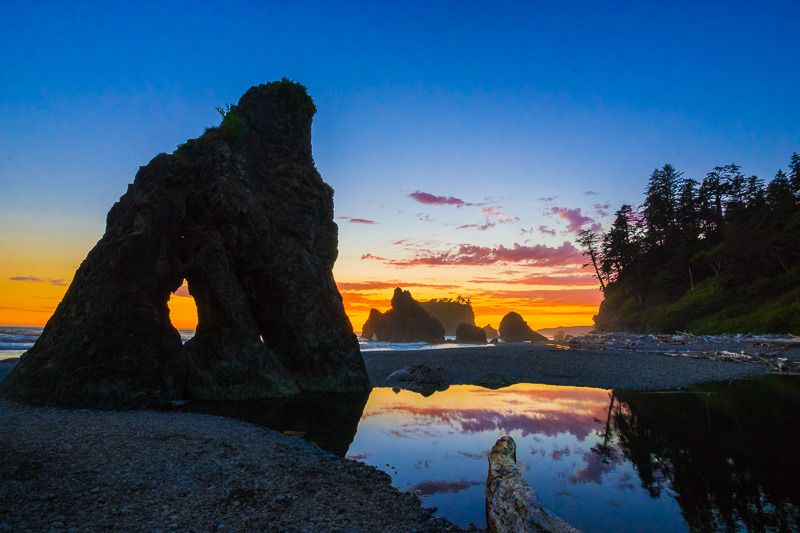
On July 3rd, spurred by reports of an unbelievably-early wildflower bloom, I made it to Lower Tipsoo Lake for my only chance this year to capture Rainier wildflowers.
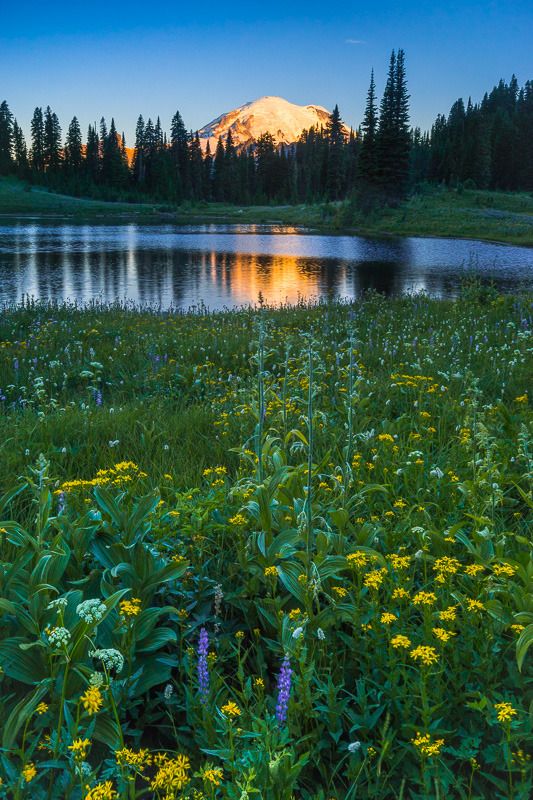
As noted, August was a particularly-unpromising month for photography. With little in the way of natural locales available, I wound up capturing the sunset at Mukilteo Lighthouse (you'll notice more sunset shots than usual this year -- when all else fails, the sky is something you can count on).

I tried visiting Upper Tipsoo Lake twice in September, when the forecast for sunset clouds looked promising. Unfortunately, the first time, smoke from the eastern Washington wildfires flowing over Chinook Pass was so thick, you could barely see Mount Rainier, as I posted here earlier. A week later, the smoke had cleared, and I got the sunset for which I'd been hoping.
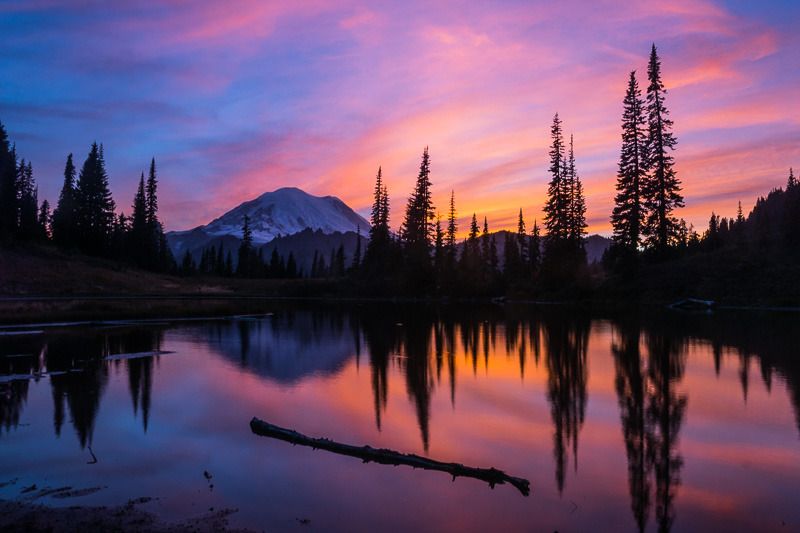
The last two times I had visited Kuboda Garden in south Seattle, I had been 1) attacked by a pitbull and 2) had my car broken into. As you can guess, I hadn't been eager to return! However, as October drew to its end, reports were spreading through the Seattle photographer community that it was the one place where you could find good autumn color. Accordingly, I joined the throng, and wound up unbitten and unrobbed this time.
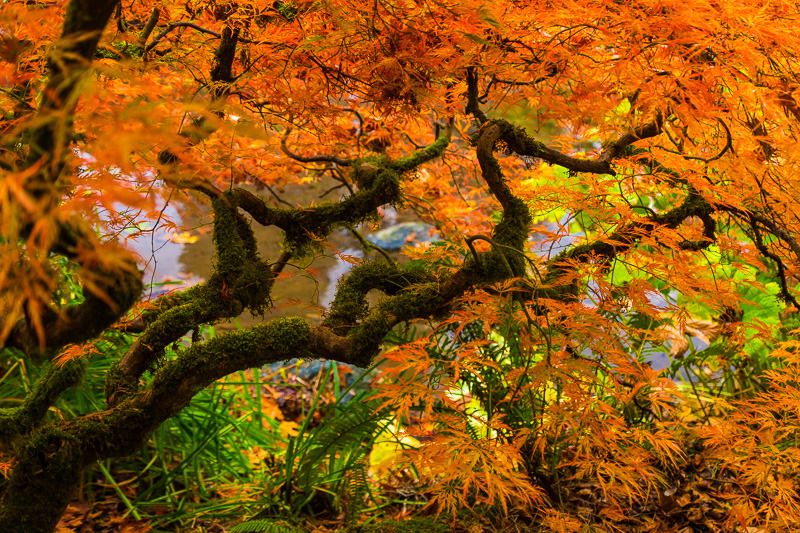
November took me for a second trip to the Gorge, where I found this scene along Starvation Creek.
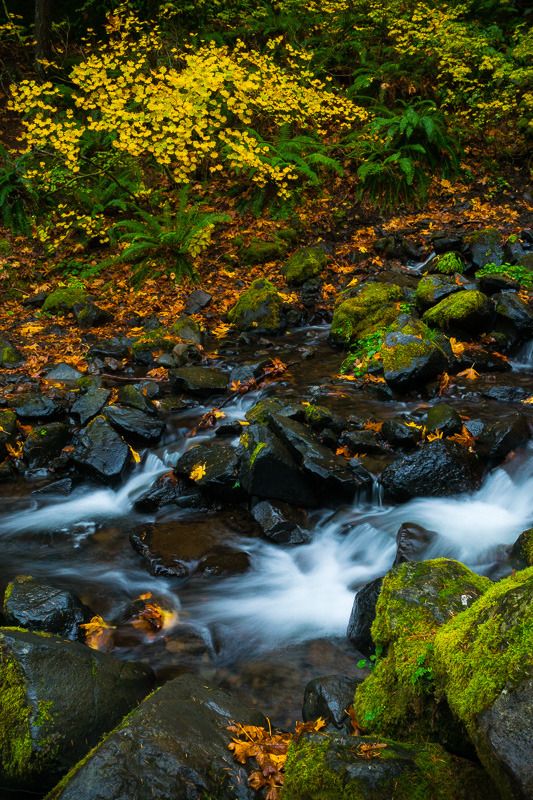
December has been a washout (literally), except for the predictable subject of holiday lighting displays. In keeping with the main pop-culture story of this month, I'll close with an image I've titled "This Is Not The Santa You're Looking For." Here's to a better 2016!
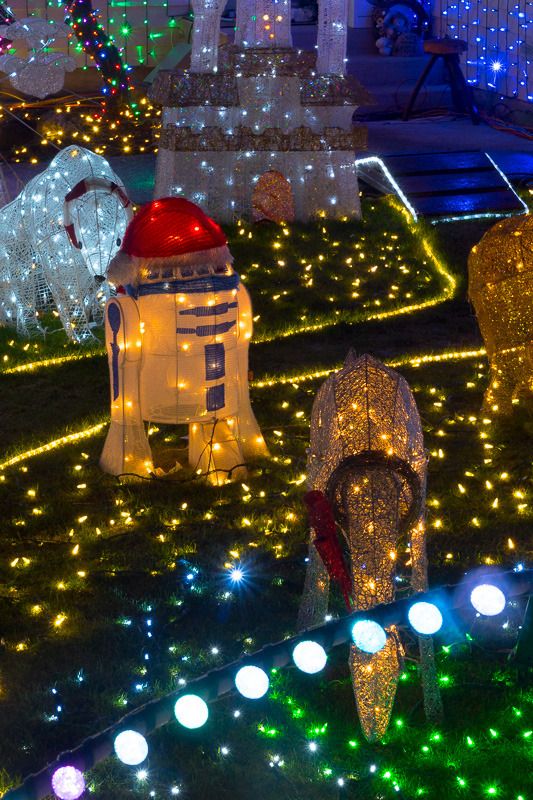
Water Falling Over Things 2015: Part One (And Only)
For those who may have been wondering what happened to my annual (mostly-)Pacific Northwest waterfall series, here's the explanation in one sentence: This has been a godawful year in the PNW for shooting waterfalls (or pretty much anything else, but more on that later).
Put the blame on last year's truly weird winter, where 60- and 70-degree days were not uncommon, and precipitation was way below normal. That meant two things: first of all, there was a lot less water in rivers and streams; second (and I'll write more about this in my year-end summary, due in the next week), seasons seemed to be running at least a month ahead of usual. In other words, not only were waterfalls flowing at a lower level than normal, but the usual spring period when they're at their highest featured warm, clear, sunny summer-like days that are about the worst possible conditions for shooting waterfalls. It wasn't until late in autumn, when the clouds and rain returned, that conditions for decent (I said "decent," not "great"![]() waterfall photography reappeared.
waterfall photography reappeared.
But, of course, that doesn't mean that there were no opportunities at all! Unfortunately, for most of spring, it did rather feel like it. Fortunately, we did have one appropriately-cloudy weekend when I was able to get down to the Columbia Gorge, and take the trail up (and up, and up, and up...) along Wahkeena Creek to one absolute gem I had never visited before, Fairy Falls.
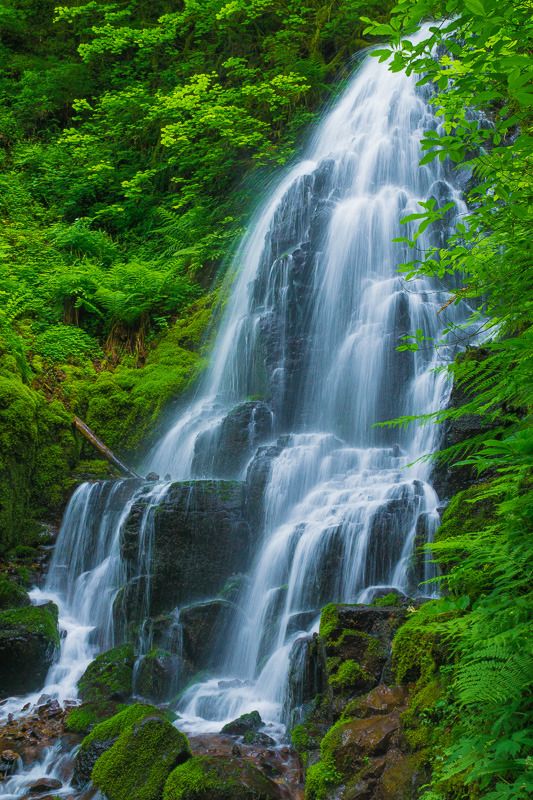
However, that was pretty much the highlight for the entire spring (and summer). Unfortunately, late summer also brought massive wildfires that blackened tens of thousand of acres in Washington state, including the sites of a number of notable waterfalls in the north Cascades, some of which had been on my "must-visit" list for some time. We'll have to wait until next spring's snowmelt to find out whether any of them sustained long-term damage.
Only as mid-October approached did conditions improve, and I was able to capture this autumn scene at nearby Snoqualmie Falls (of "Twin Peaks" fame).
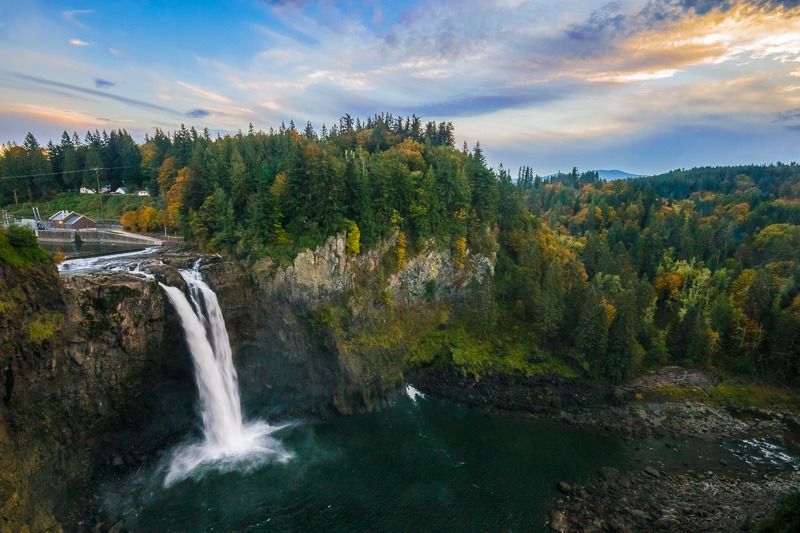
Finally, in November, things were looking up enough that I ventured out on another trip down to the Gorge on what turned out to be a day of steady, drenching rain. (By the time I got back to Seattle, three-plus hours later, my supposedly-waterproof parka was still feeling like it had come straight out of the washing machine.) This time, I avoided the standard tourist stops (which were overflowing with crowds) and headed east. First up was Emerald Falls, another fall I'd never visited before.
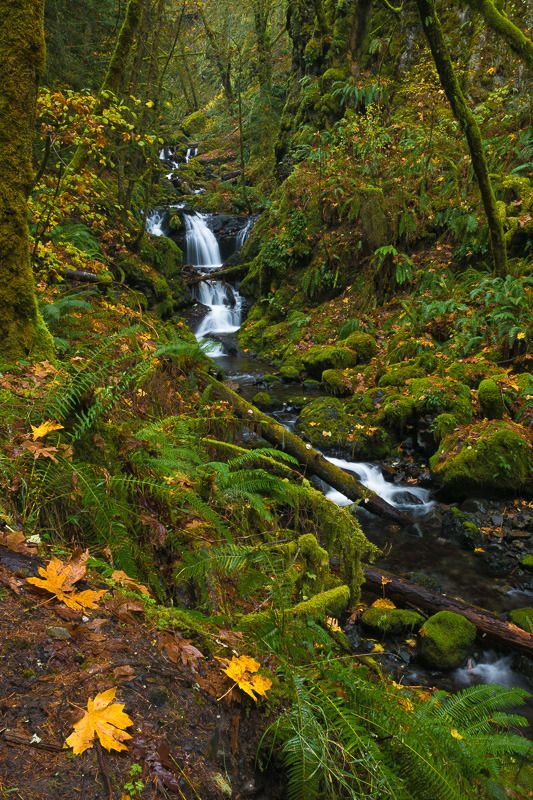
Then further east to Starvation Creek State Park, where the namesake Starvation Creek Falls was the first attraction.
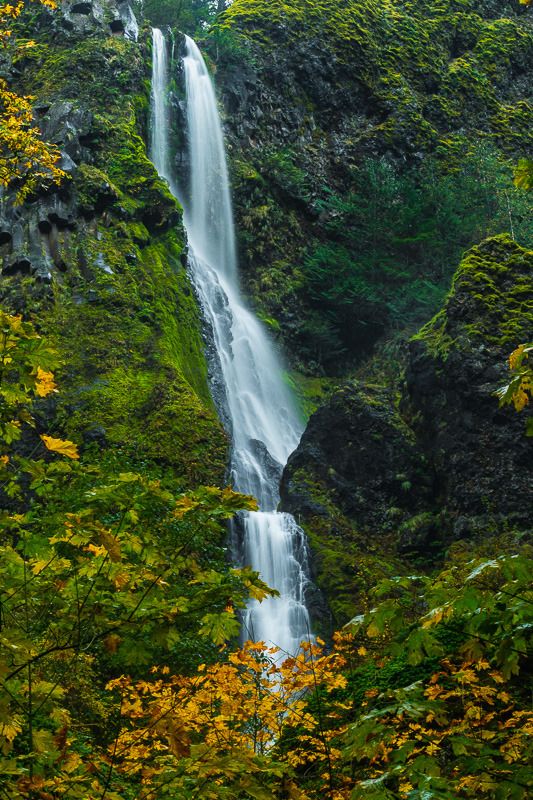
From the park, I cut back west on a trail running parallel to the highway. Ephemeral Cabin Creek Falls is actually screened from the trail by a giant boulder (visible on the right edge of the image), but can be accessed by going off-trail a few yards.

Finally, Hole-in-the-Wall Falls is a striking location I'd visited before, but only in spring. As it turns out, autumn foliage adds a lot to the scene.
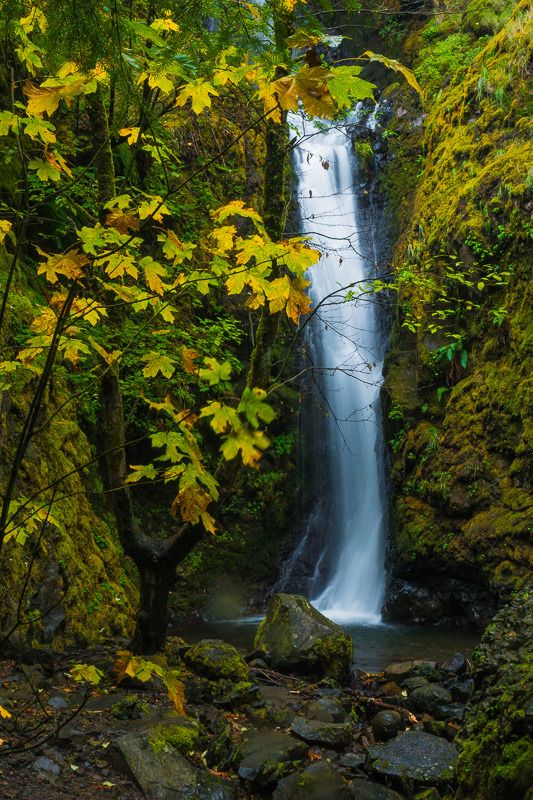
And that was it for this year. Hopefully, 2016 will be better -- certainly, the amount of rain and mountain snow we've already received gives a reason for optimism in that regard.
Profile Information
Gender: MaleHometown: Maple Valley, Washington
Member since: 2001
Number of posts: 26,044